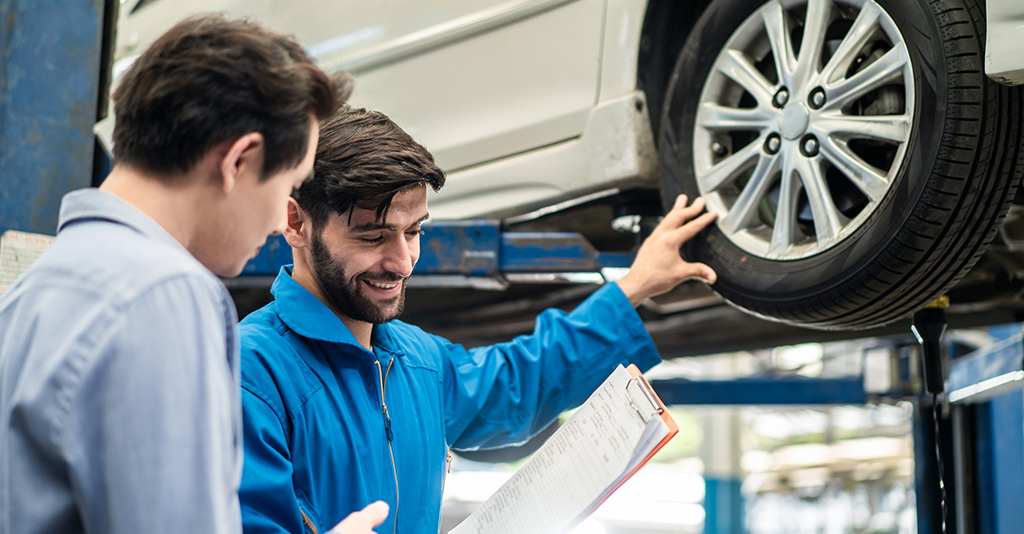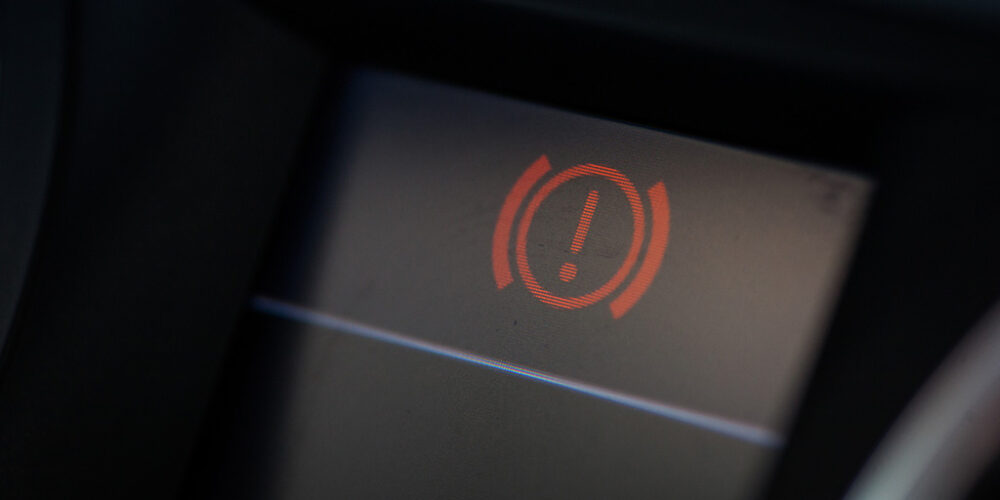
August 5, 2022
As a technician, you know the importance of recommending the best brake pads possible for your customers. Often, this decision really comes down to determining which friction material is the best fit for the customer’s needs. To do this, let’s break down the differences between each of the three brake pad material types.
Organic Brake Pads
Organic brake pads are composed of materials like carbon, rubber, glass/fiberglass, among others – all bound together by resin.
These brake pads are a great fit for customers with vehicles used for everyday driving, rather than those with high-performance vehicles. This is because organic brake pads are most suitable for drivers who don’t produce much heat when braking. Organic brake pads are often the most basic option for customers and can lack some of the features and benefits that other friction materials have like reduced brake dust, better heat transfer and longer pad life.
Semi-Metallic Brake Pads
Semi-metallic brake pads, often referred to as just “metallic,” consist of 30-70% metals like copper, iron or steel. The manufacturing process of these brake pads often includes combining these metals with other composites, a graphite lubricant and additional long-lasting filler materials.
Semi-metallic brakes are something of a middle ground between organic brake pads and ceramic brake pads, as they can serve a variety of driving styles from everyday errands running to on-track applications.
Ceramic Brake Pads
Ceramic brake pads are made up of a durable ceramic compound, often reinforced by additional materials to aid with heat management and friction application.
This type of brake pad tends to be more expensive but has benefits to back up a higher price point. Ceramic brake pads are suitable for a wide range of driving conditions and temperatures. Additionally, they are extremely quiet and produce less brake dust as they wear down.
Ceramic brake pads, like ADVICS ultra-premium brake pads, produce excellent stopping power, heat transfer and are longer lasting that other friction compounds, making them a great recommendation for customers who are less likely to follow a recommended maintenance schedule and potentially delay service.

Considering the Customer’s Vehicle Maintenance History
Looking into your customers history of vehicle maintenance never hurts when deciding which brake pad material is best for their driving style. Do they bring their car in for maintenance only when warning lights are on, or do they visit the shop at recommended intervals to ensure proper vehicle upkeep?
If a customer has a past history of minimal vehicle maintenance, ceramic brake pads might be a worth investment. Although more expensive, these brake pads last the longest, meaning customers stay safer in between brake service appointments.
Ensuring Quality for Customers
It’s always crucial to remind your customers that quality matters when it comes to brake parts. Explain that parts designated as “ultra-premium” are held to the highest quality, safety and testing standards. Fitting ceramic brake pads during a customer’s next service visit will ensure the best stopping power possible, while also helping to extend the life of the other components of the braking system, especially when using brake parts designed to work together like ADVICS brake pads, rotors, hydraulics and brake fluid.
